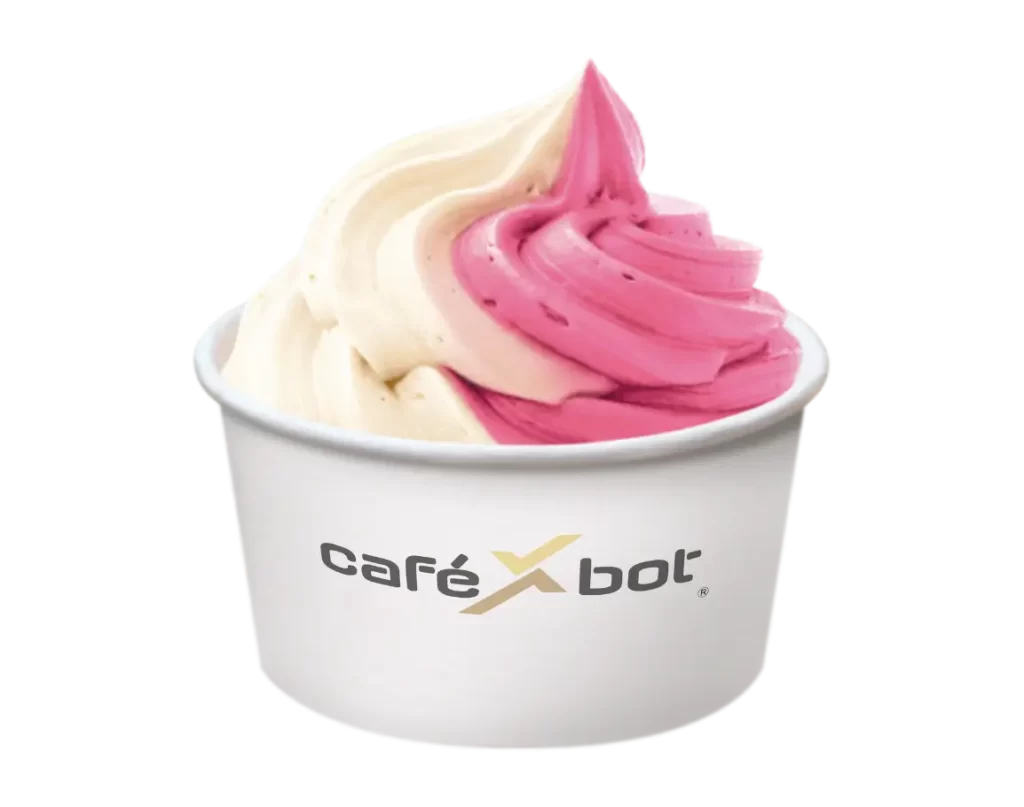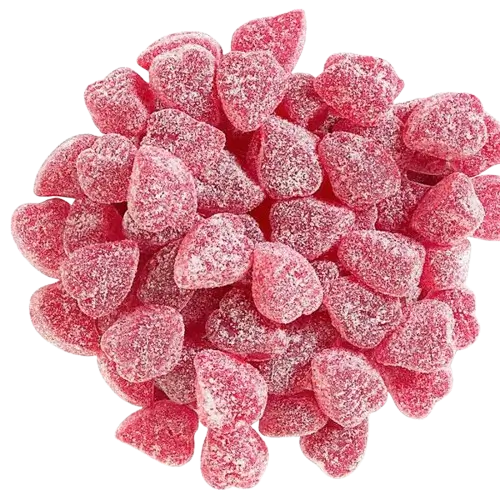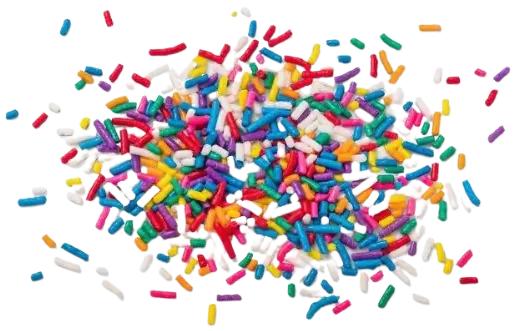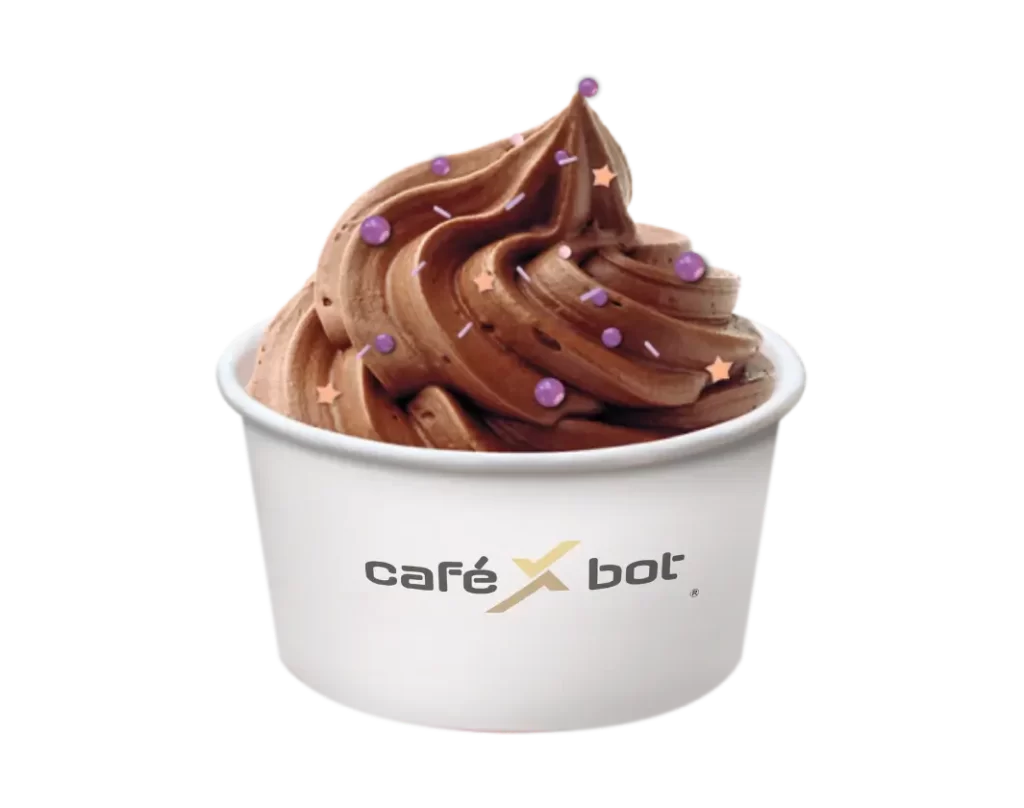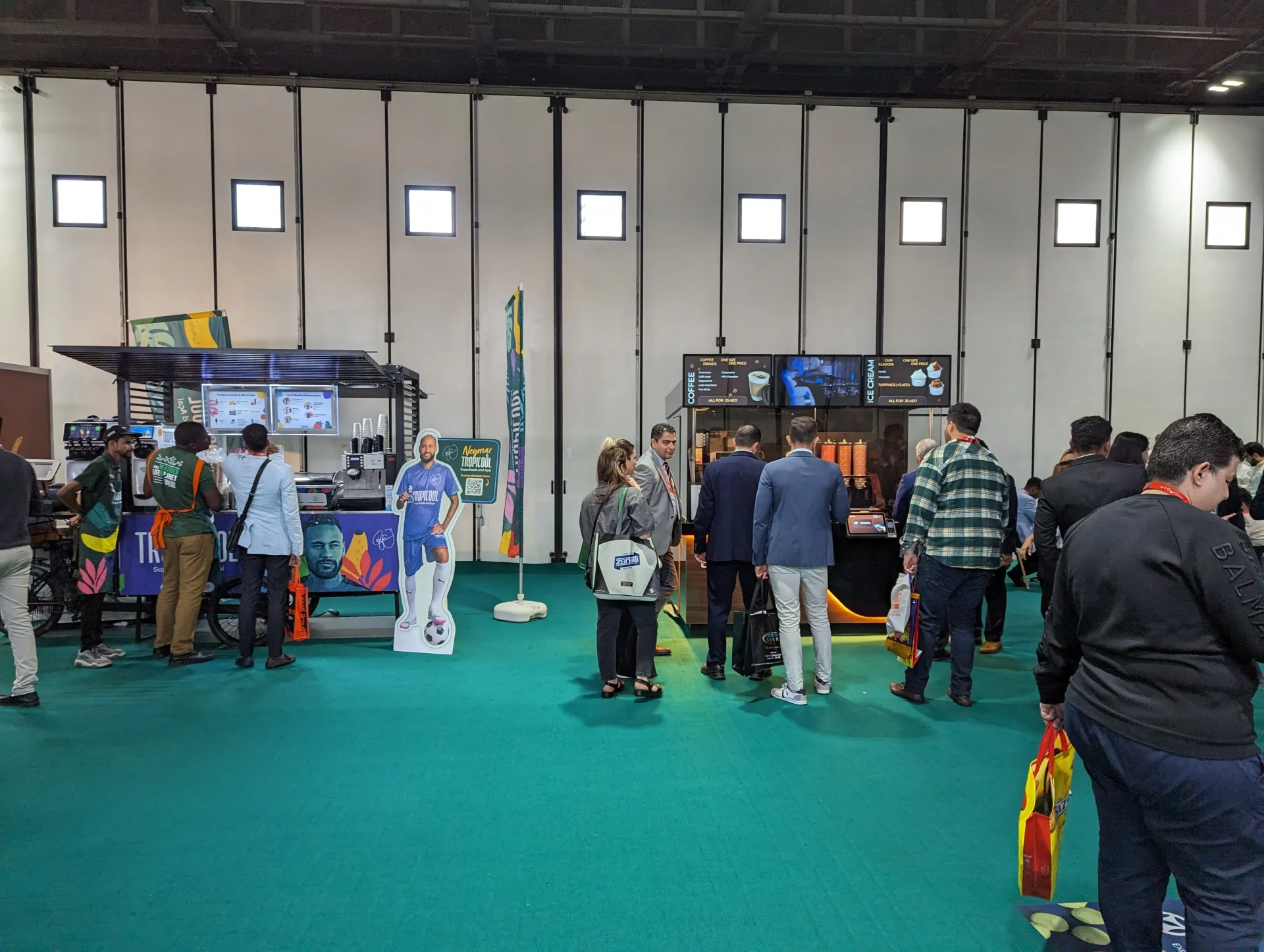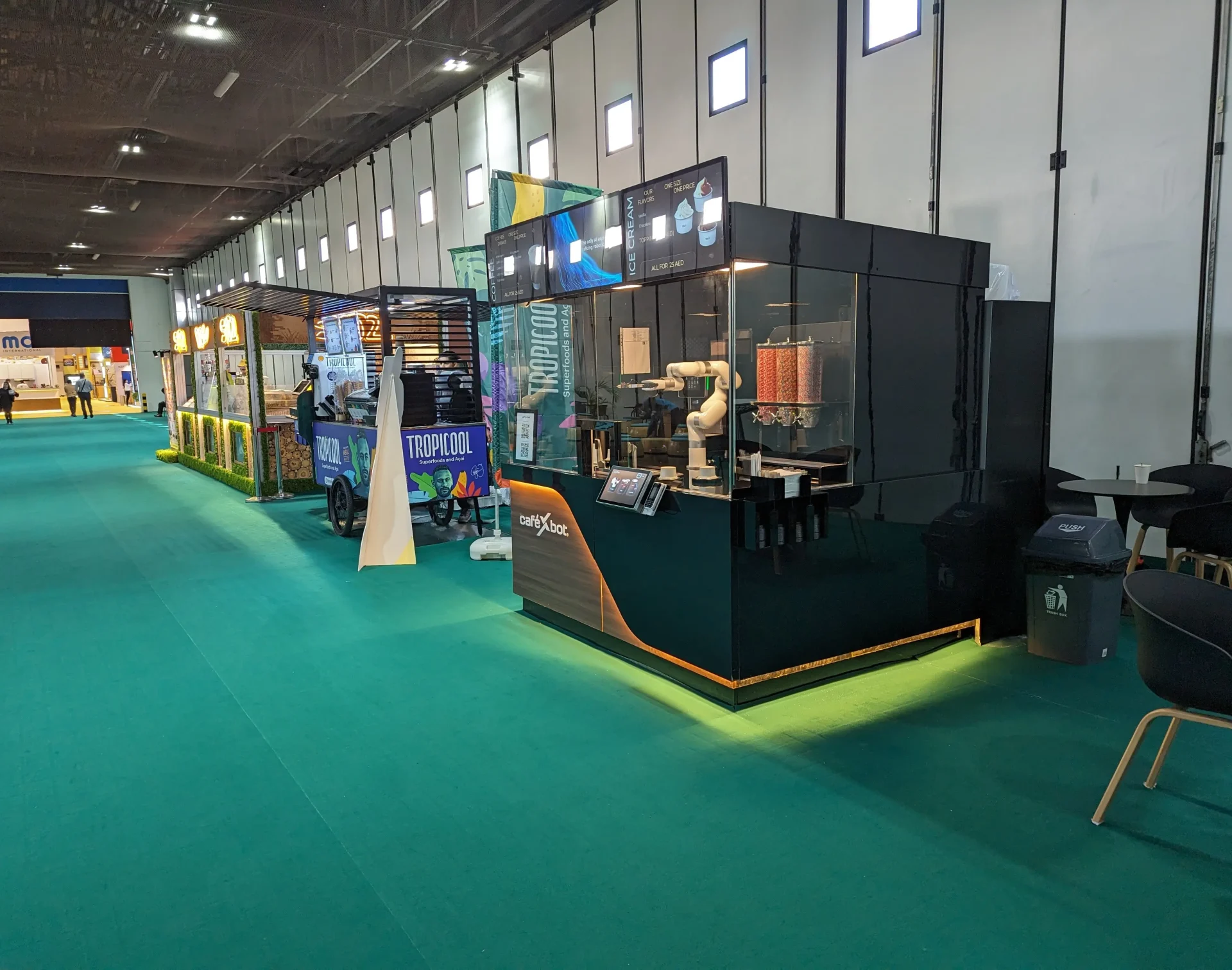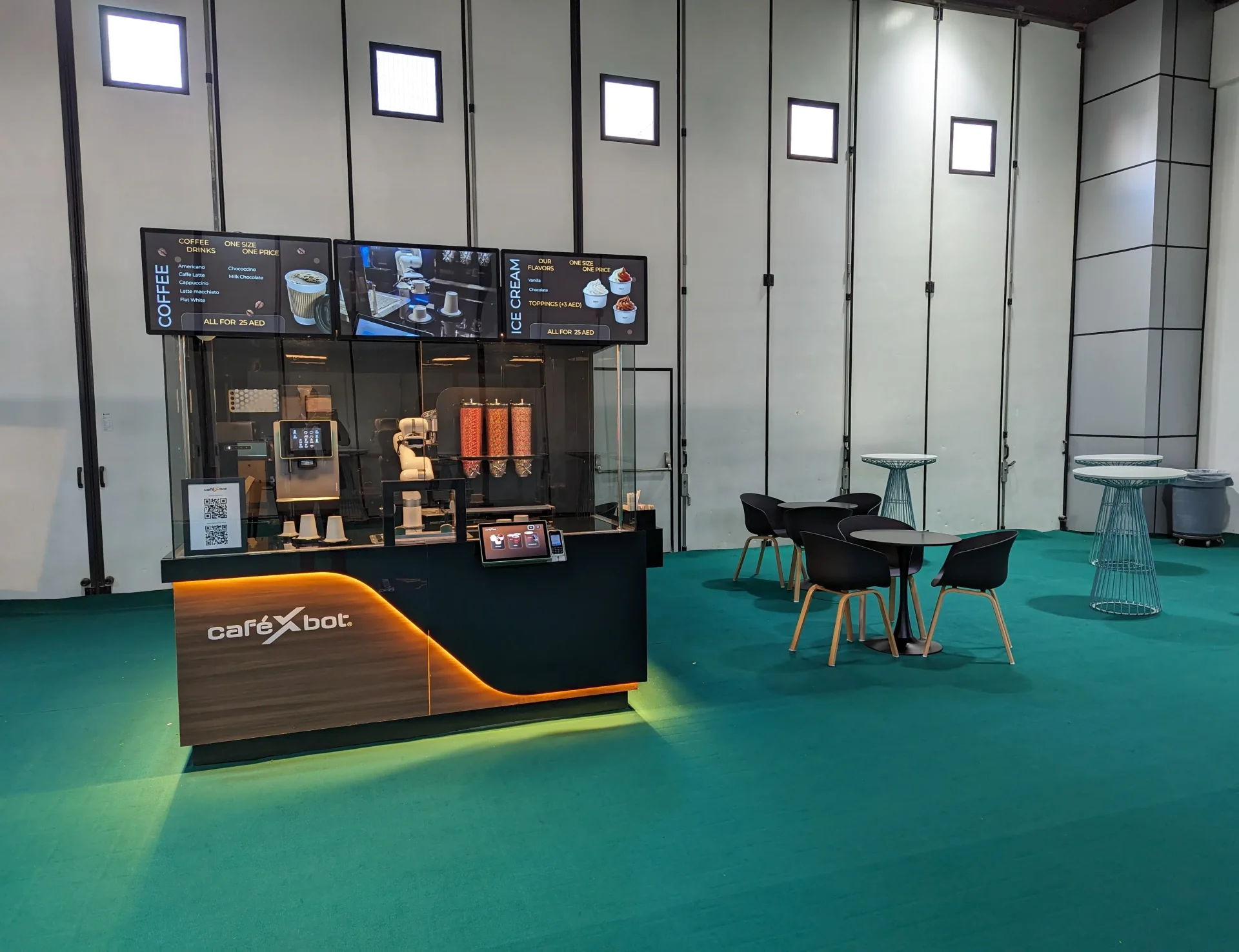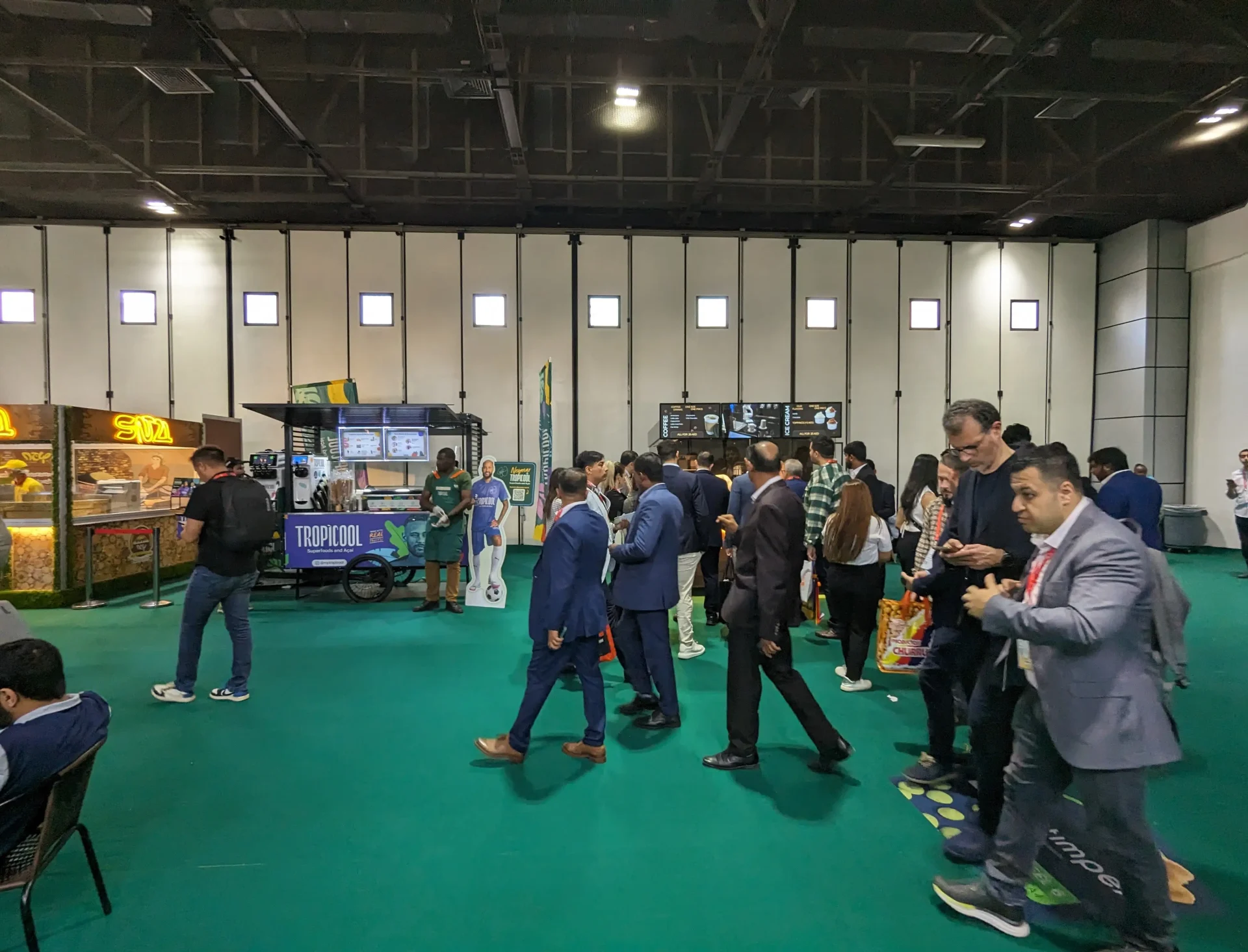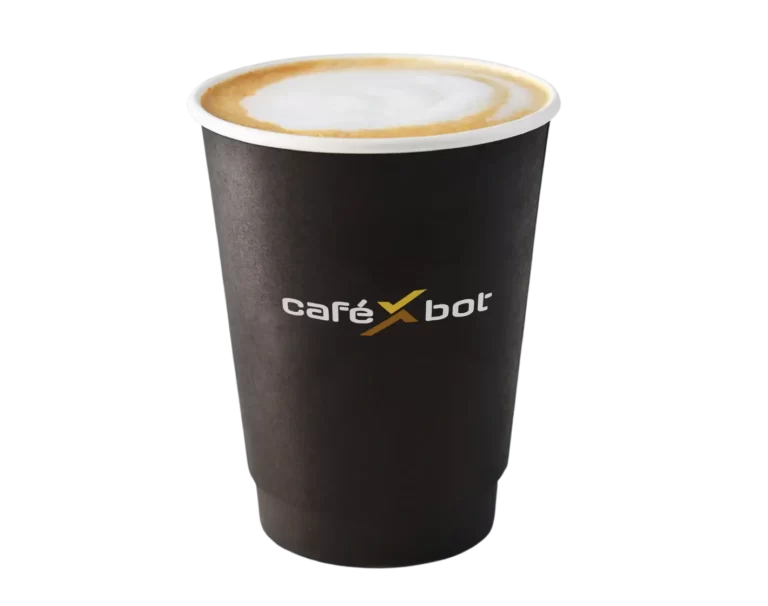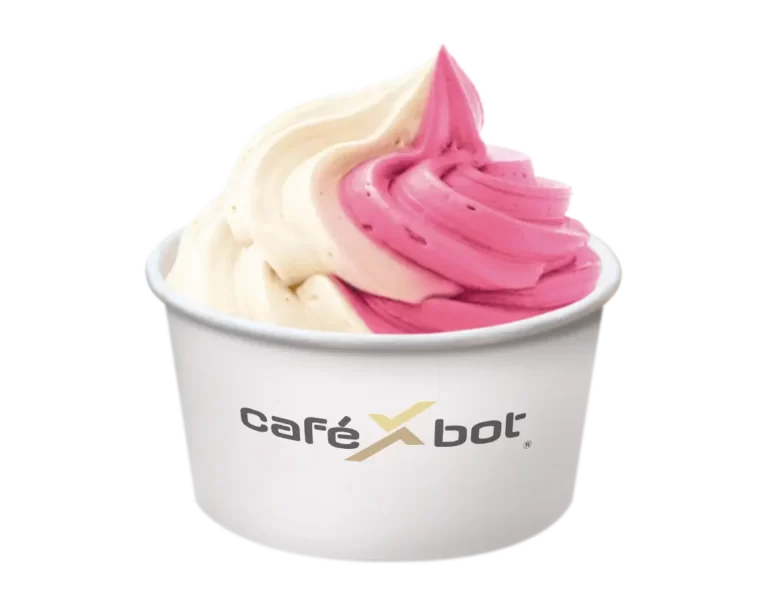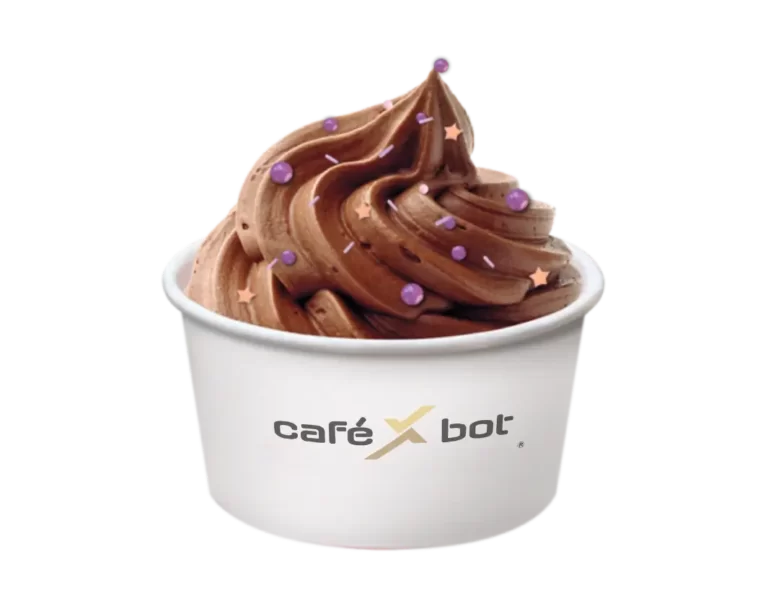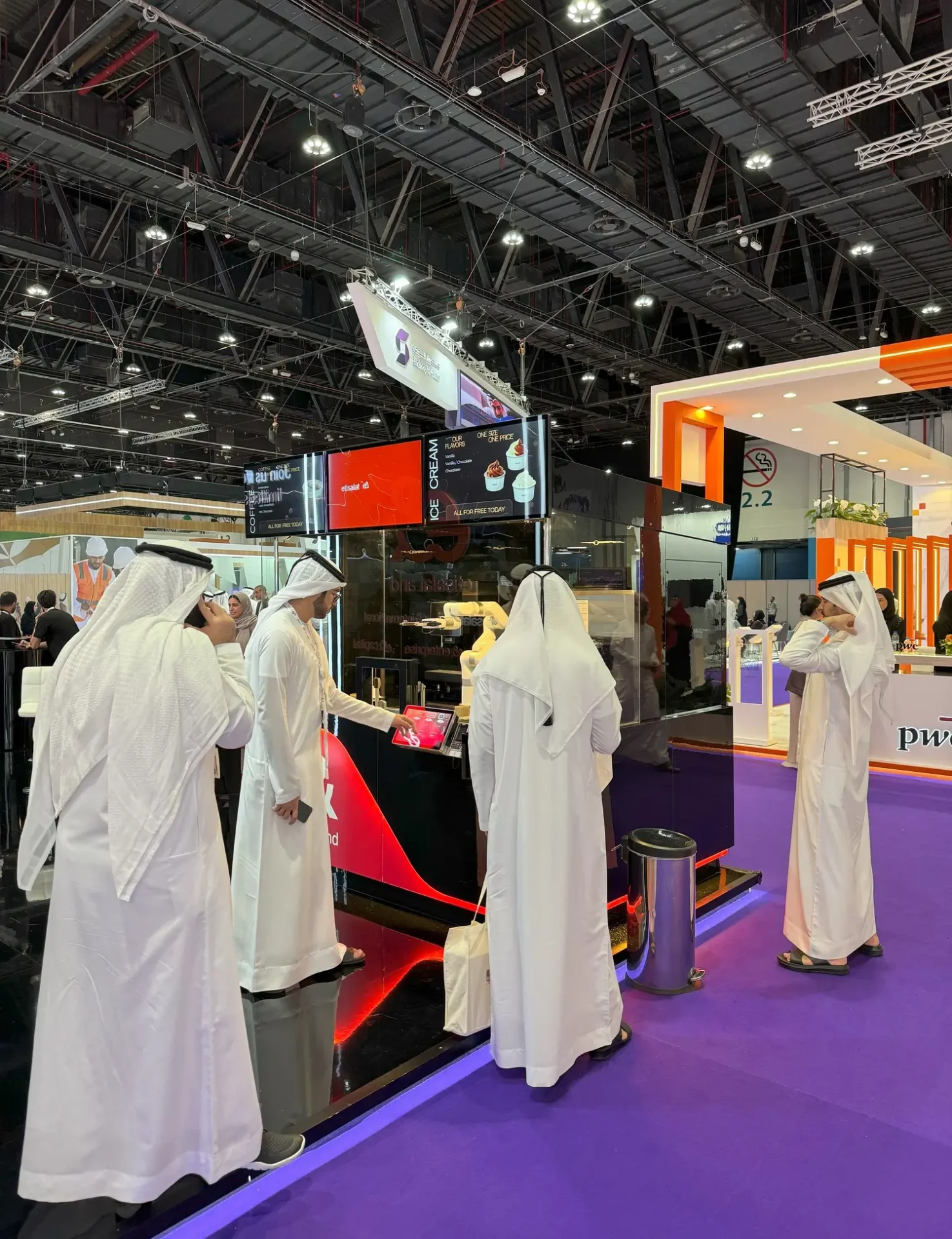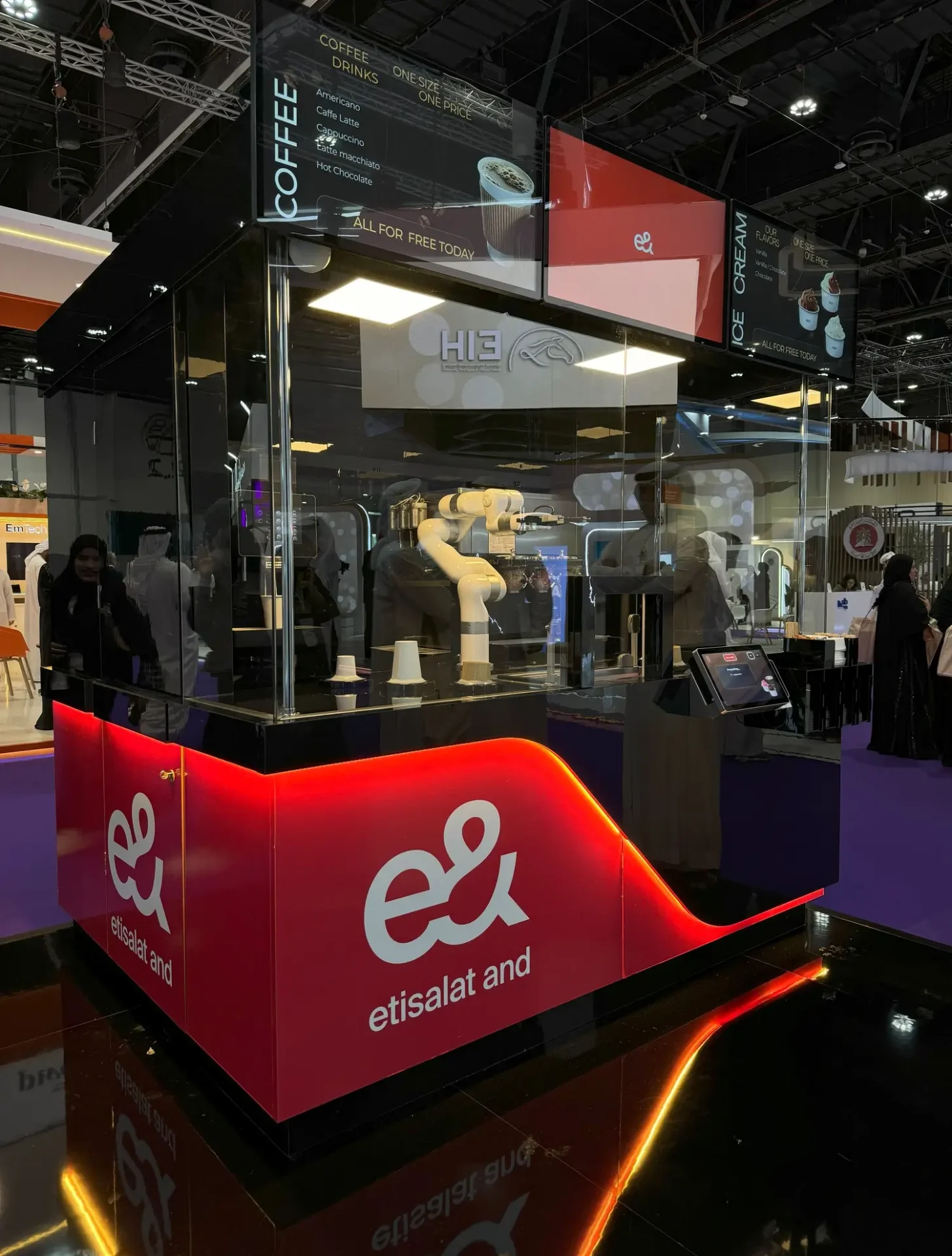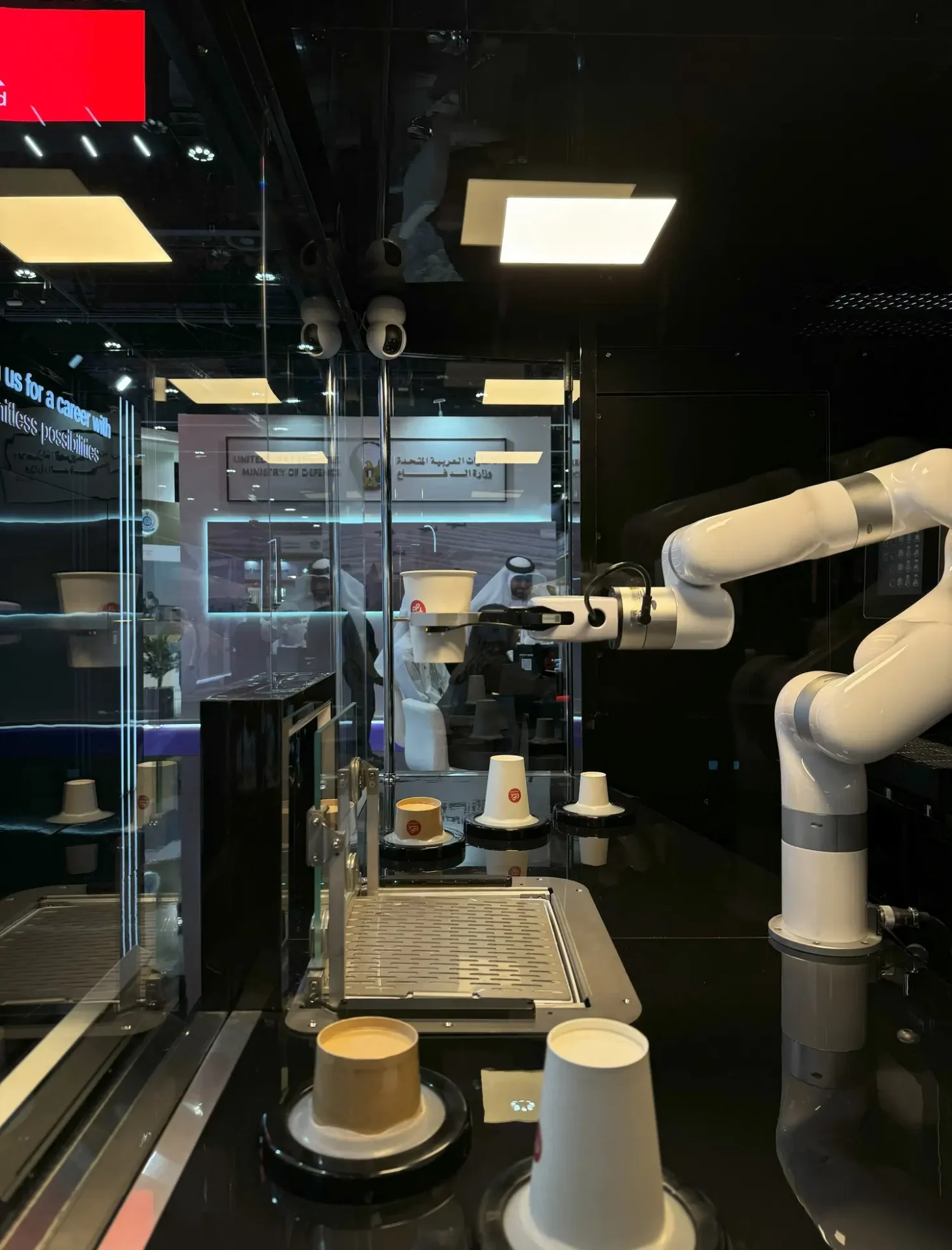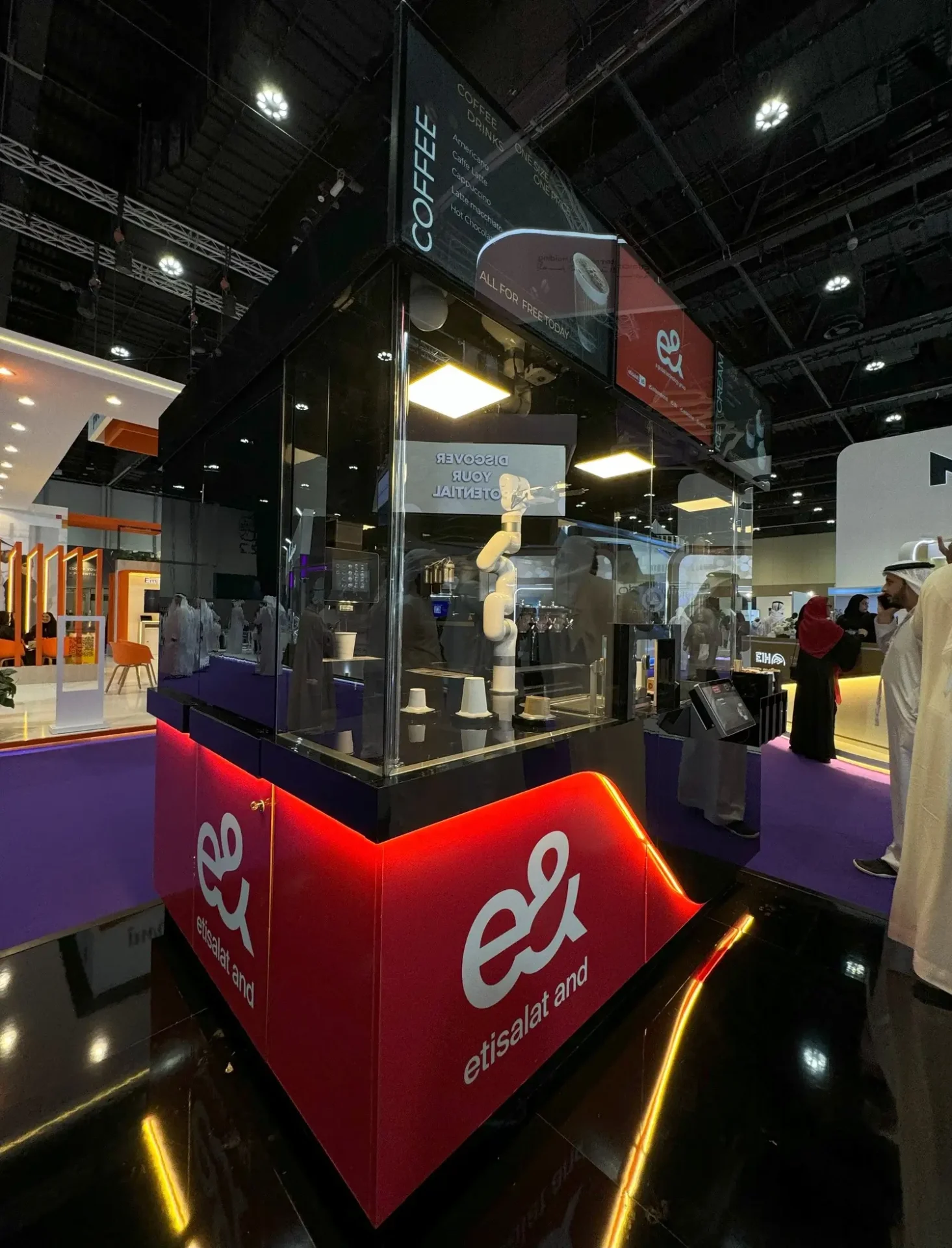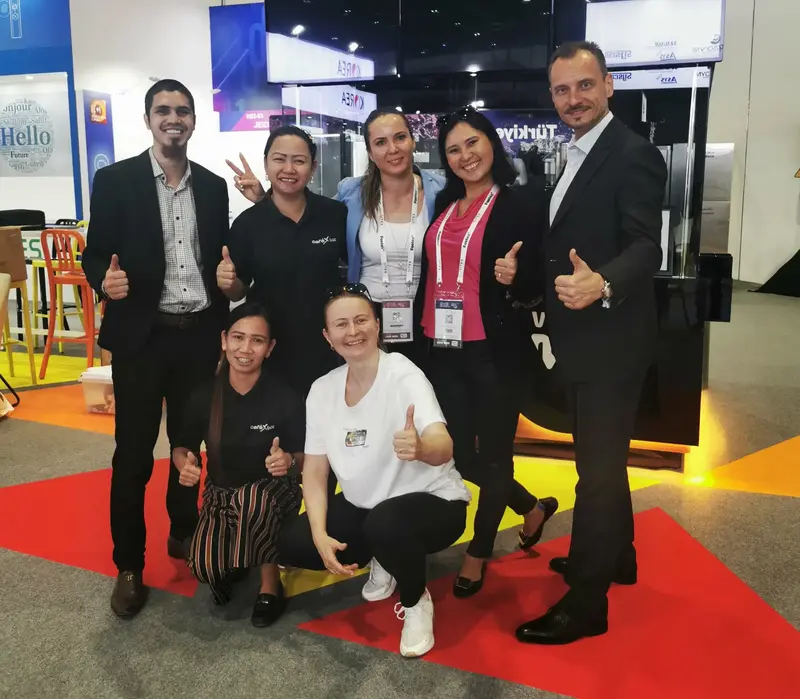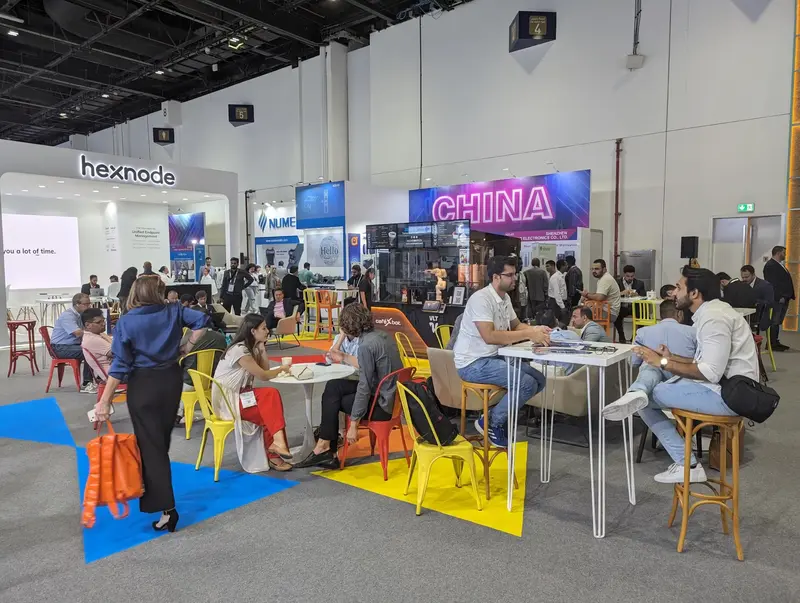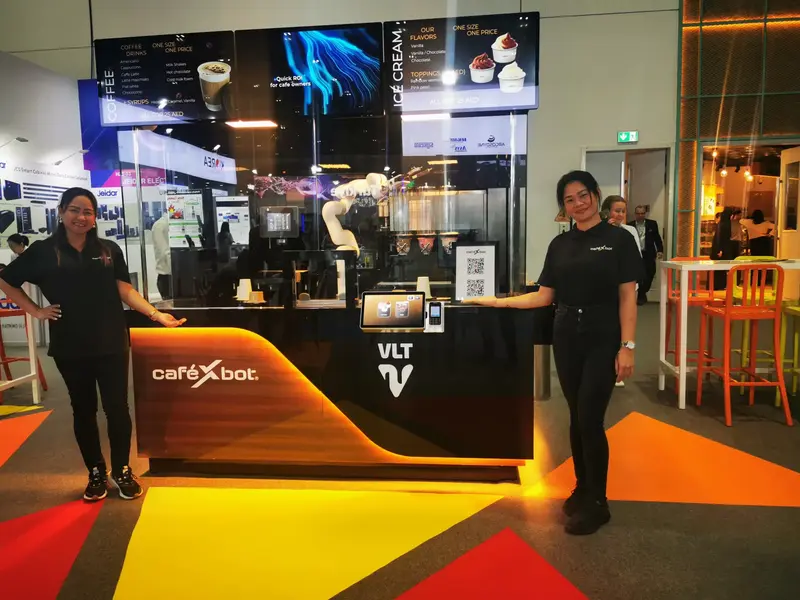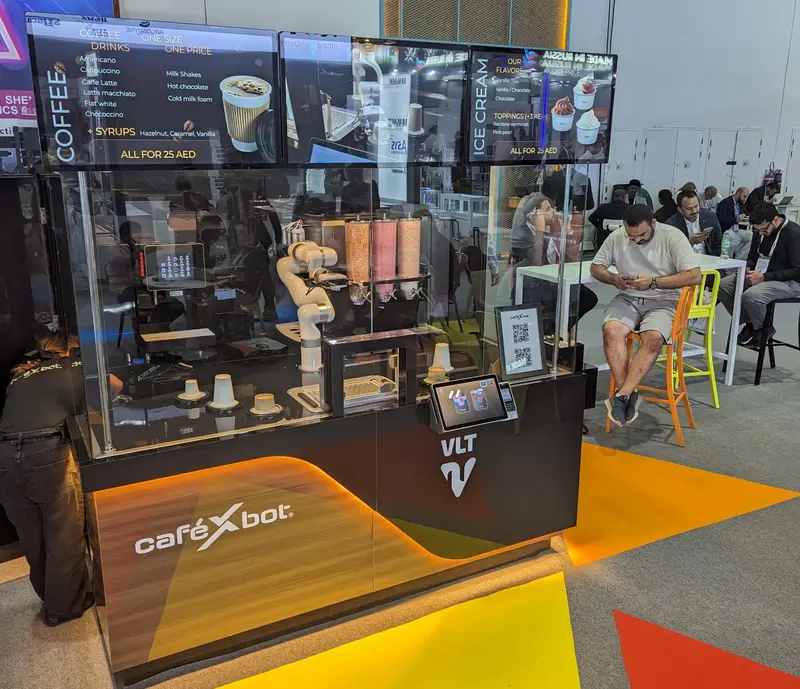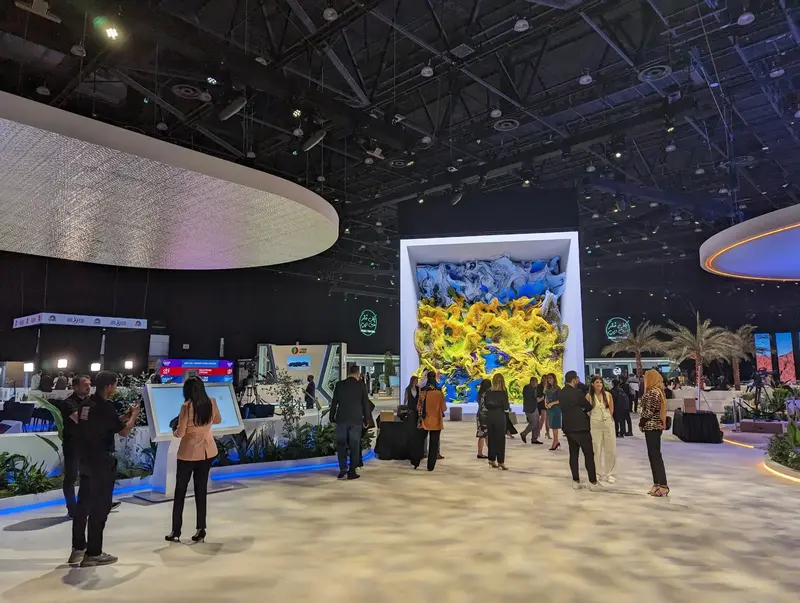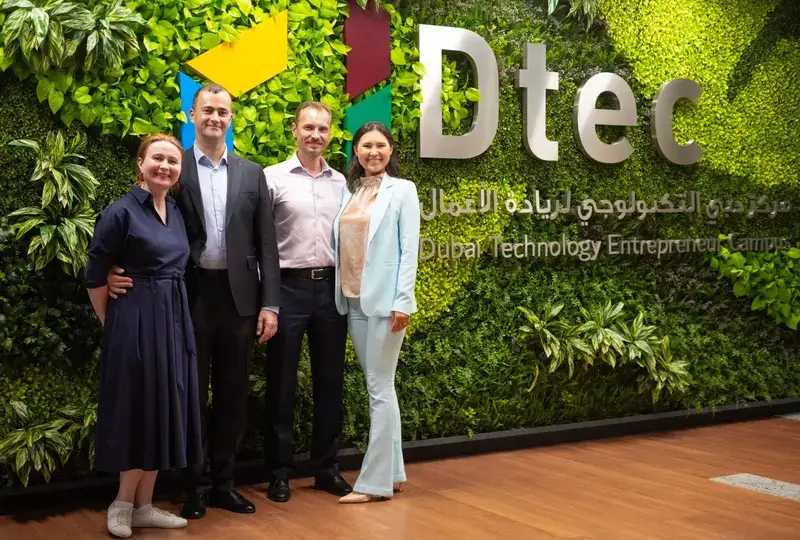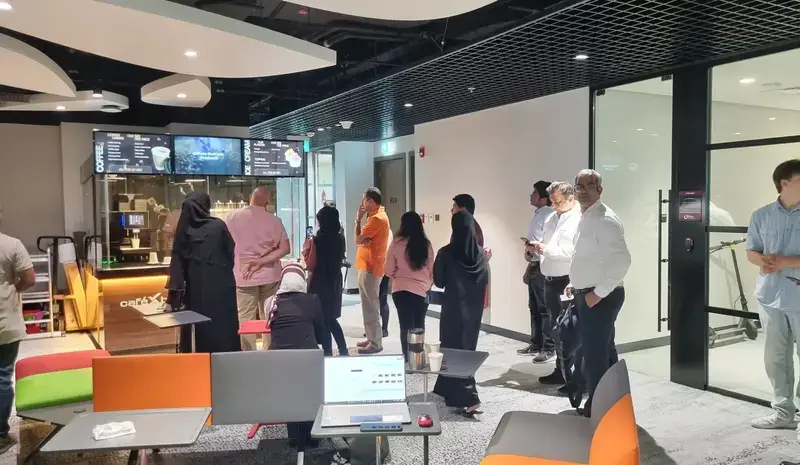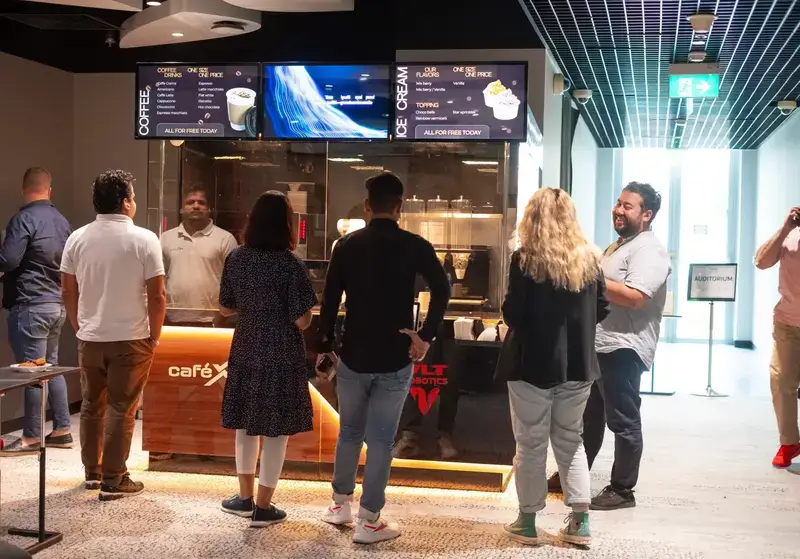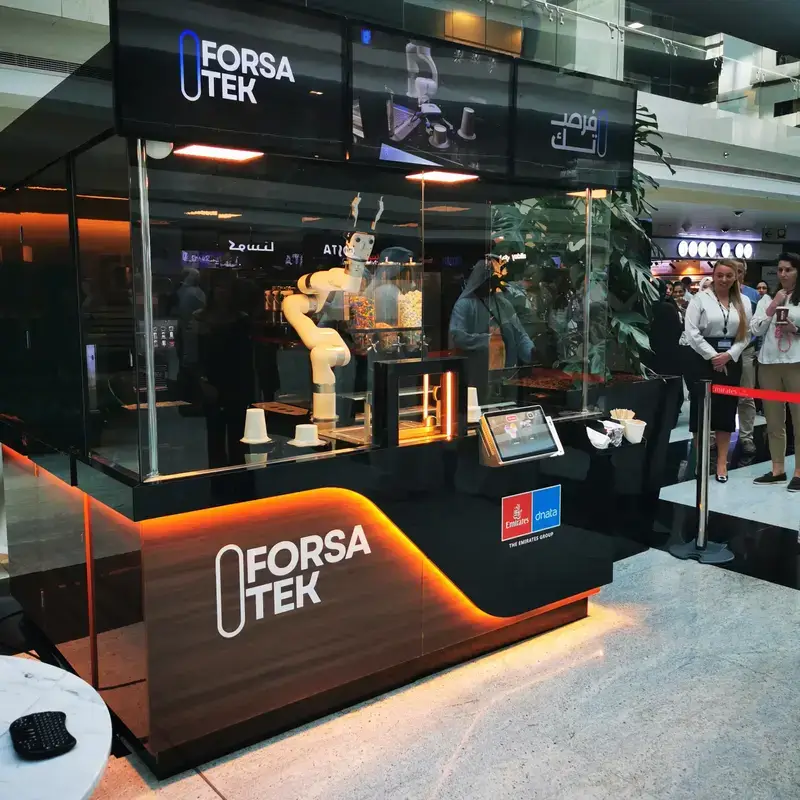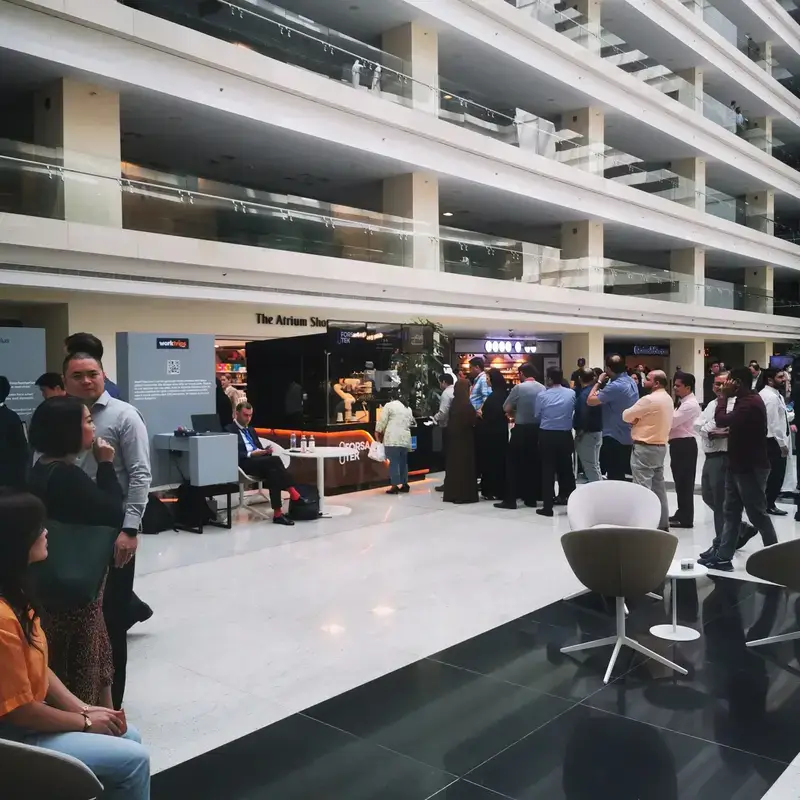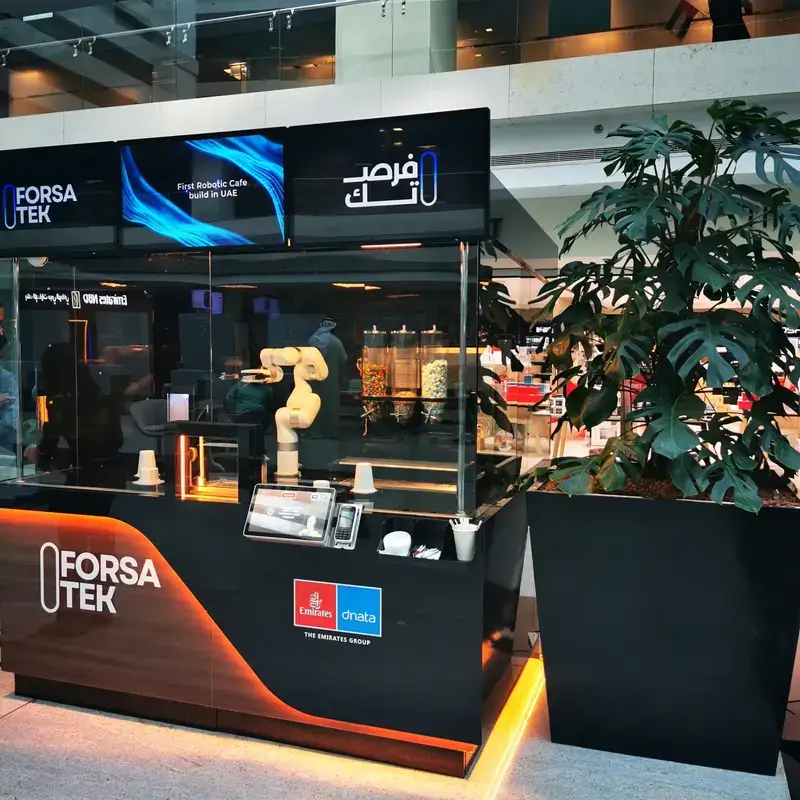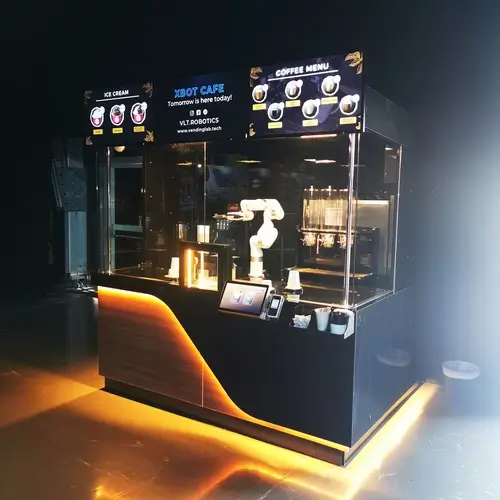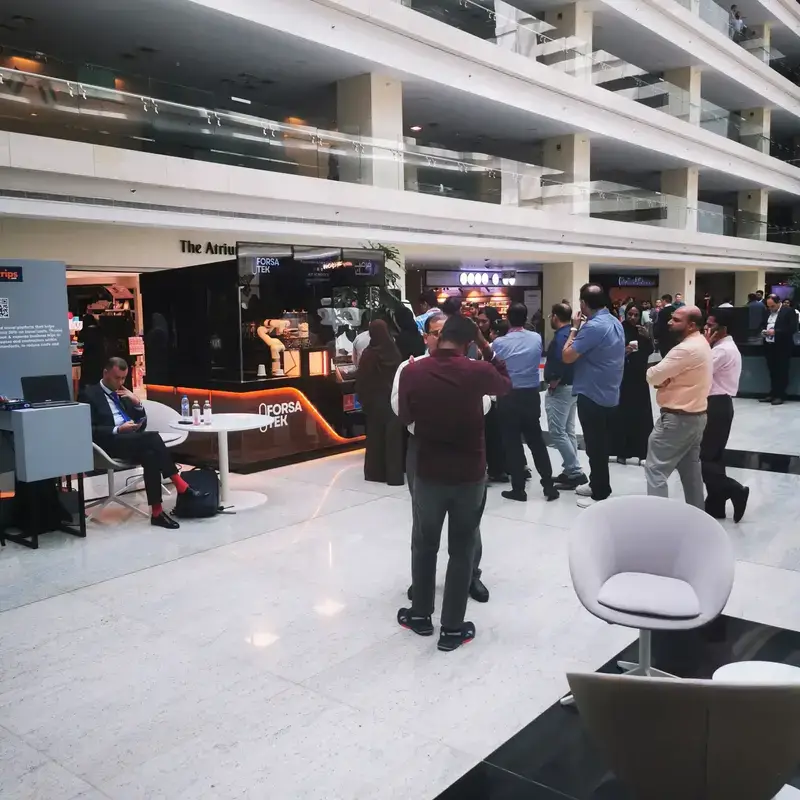
Unlocking Efficiency: How Coffee Robot Arms Revolutionize Your Beverage Business
The beverage industry has witnessed a dramatic transformation in recent years, driven by technological advancements and the increasing demand for efficiency. According to a recent report by Coffee Research Institute, the global coffee market is projected to reach $102.15 billion by 2025, with innovation playing a pivotal role in staying competitive. As businesses strive to optimize operations, the implementation of automation solutions has become essential. This is where the Coffee Robot Arm enters the scene, revolutionizing how beverages are prepared and served, thus reshaping customer experiences.
Coffee Robot Arms are not only enhancing speed and consistency but also reducing labor costs for coffee shops and restaurants. A study by Technavio highlights that automation in food and beverage services could save up to 30% in operational costs, a compelling statistic for any business owner. As consumers seek higher quality and more unique coffee experiences, these robotic solutions offer precision and creativity that manual operations often struggle to match. In this blog, we will explore how Coffee Robot Arms are unlocking new levels of efficiency, transforming the beverage landscape, and setting a new standard for excellence in coffee preparation.

The Rise of Automation in the Beverage Industry
As the beverage industry evolves, the rise of automation is significantly reshaping its landscape. The integration of robotic systems is enhancing operational efficiency and precision, as evidenced by recent advancements in the sector. A report by Industry Research indicates that the global industrial automation services market is expected to reach $300 billion by 2027, propelled by increasing investments in automated solutions, including robotics for beverage production and distribution.
Companies like Amazon are leading the charge with their adoption of autonomous forklifts in warehouses, illustrating a broader trend affecting the food and beverage landscape. These innovations allow for streamlined processes, minimizing human error and maximizing output. As Siân Yates highlights, robots are not just a novelty; they are essential tools that optimize workflows and reduce operational costs. The ability to deploy robotic arms to prepare beverages not only caters to increased consumer demand for efficiency but also addresses labor shortages that many businesses face in the current economy.
The beverage sector is witnessing a significant shift, with automated solutions becoming a vital component in maintaining competitive advantages. The precision and reliability of robotic systems provide businesses with the capability to meet the rising expectations of consumers while managing their resources more effectively. As technology continues to advance, the relationship between automation and beverage production will only deepen, further transforming this dynamic industry.
Unlocking Efficiency: Coffee Robot Arms in the Beverage Industry
This chart illustrates the impact of automation on various processes in the beverage industry, specifically focusing on efficiency gains in coffee production. The data represents the percentage increase in efficiency for each process as automation is implemented.
Key Benefits of Coffee Robot Arms for Business Operations
The integration of coffee robot arms into beverage businesses is a remarkable leap forward in operational efficiency, aligning with the broader trends of Industry 4.0. As automation technology advances, many coffee establishments are adopting robotic systems that not only enhance productivity but also significantly reduce operational costs. Reports indicate that robotic systems can lower labor expenses by as much as 30%, while also requiring minimal maintenance, making them a smart choice for businesses aiming to improve their bottom line.
The consistency and quality of products served are vital in the coffee industry, and robotic baristas excel in this area. Unlike human workers, robots can replicate the brewing process with precision, ensuring that every cup meets the same high standard. This is particularly crucial in specialty coffee shops, where customer satisfaction hinges on the quality of each beverage. With consumers increasingly prioritizing convenience, robotic arms offer a swift and reliable solution to meet rising demand. According to recent studies, the self-serve coffee machine market is projected to grow significantly, as automation becomes a key factor in consumer purchasing decisions.
Moreover, the evolution of robotics in the beverage sector speaks to a larger shift where humans and AI will coexist and enhance one another's capacities. By taking over repetitive tasks, robots free up human baristas to focus on providing exceptional customer service and creating personalized experiences, which are irreplaceable in the coffee business. As restaurants and cafés around the world embrace automation, robot-assisted service appears poised to become a permanent fixture in the beverage landscape, revolutionizing how coffee is brewed and served.
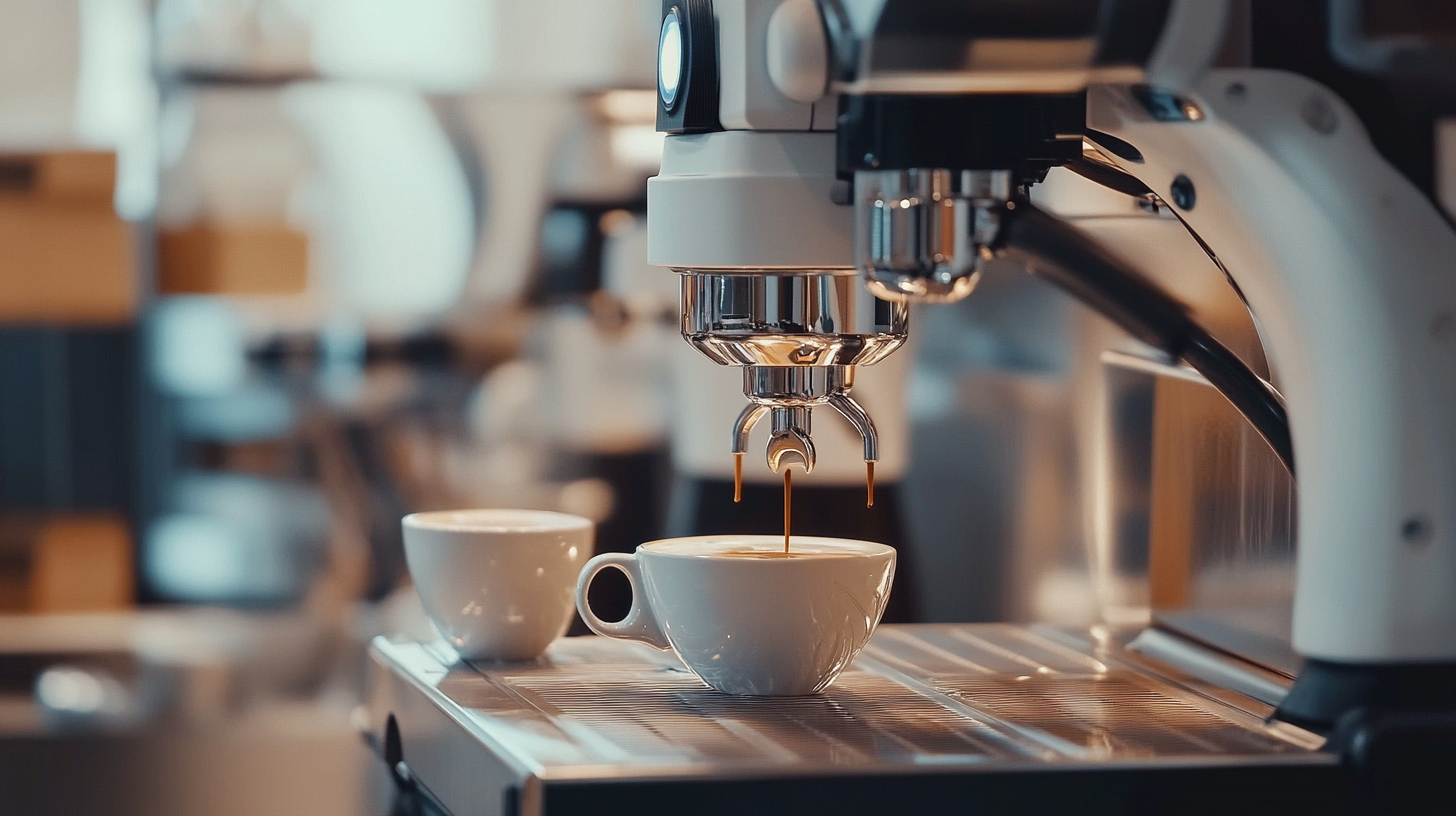
Enhancing Customer Experience with Precision Brewing
In the ever-evolving beverage industry, precision brewing technology is redefining the customer experience. Coffee robot arms are leading this revolution, allowing businesses to offer not just a drink, but a personalized brewing experience. According to industry reports, around 60% of consumers prefer customized beverage options, and automation enhances this by ensuring consistency and quality every time. The seamless integration of such technology into coffee shops not only improves efficiency but also significantly elevates the customer's interaction with the brand.
Moreover, the marketing mix of beverage businesses demonstrates a careful orchestration of the 7Ps: Product, Price, Place, Promotion, People, Physical Evidence, and Process. Automation in brewing directly affects the product offering, enabling the creation of specialized drinks tailored to diverse tastes. In terms of People, skilled baristas can now focus more on customer engagement rather than repetitive tasks, further enriching the service experience.
Simultaneously, companies like iWort are harnessing algorithms to adapt brewing methods based on consumer preferences, ensuring that each batch aligns with emerging trends. Reports indicate that over 70% of craft beer drinkers are influenced by their personal flavor preferences, making data-driven approaches essential for staying relevant. As the industry pivots towards personalization and efficiency, the role of advanced technology in enhancing customer experience will only continue to grow.
Unlocking Efficiency: How Coffee Robot Arms Revolutionize Your Beverage Business - Enhancing Customer Experience with Precision Brewing
| Feature | Benefit | Impact on Customer Experience |
|---|---|---|
| Precision Brewing | Consistent drink quality | Increased customer satisfaction |
| Speed | Faster service delivery | Reduced wait times |
| Customization | Tailored drinks to preferences | Enhanced customer engagement |
| Labor Efficiency | Reduced staffing costs | Allows staff to focus on customer service |
| Data Analytics | Insights into customer preferences | Improved product offerings |
Integrating Technology: Seamless Workflow with Robotic Solutions
In the ever-evolving beverage industry, integrating technology into daily operations has become essential for staying competitive. One of the notable advancements is the use of robotic arms in coffee preparation. These machines are not just high-tech tools; they represent a seamless workflow that enhances efficiency and consistency in beverage service. By automating repetitive tasks such as grinding, brewing, and pouring, coffee robot arms alleviate the burden on baristas, allowing them to focus on more intricate aspects of customer service and beverage creation.
The integration process of robotic solutions can seem daunting, but many coffee businesses have found that these devices fit naturally into their existing workflows. With easy programmability, coffee robot arms can be tailored to match the specific tastes and preferences of customers, ensuring a personalized experience. This level of customization not only improves customer satisfaction but also streamlines operations, enabling faster service during peak hours. Additionally, these systems minimize human error, leading to a higher quality beverage every time.
Moreover, the allure of advanced coffee technology extends beyond efficiency; it also attracts tech-savvy consumers looking for innovative experiences. By embracing robotic solutions, businesses can position themselves as leaders in modern beverage service. The future of coffee-making lies in this integration of technology, creating a dynamic environment where creativity and automation coexist to redefine the beverage industry.
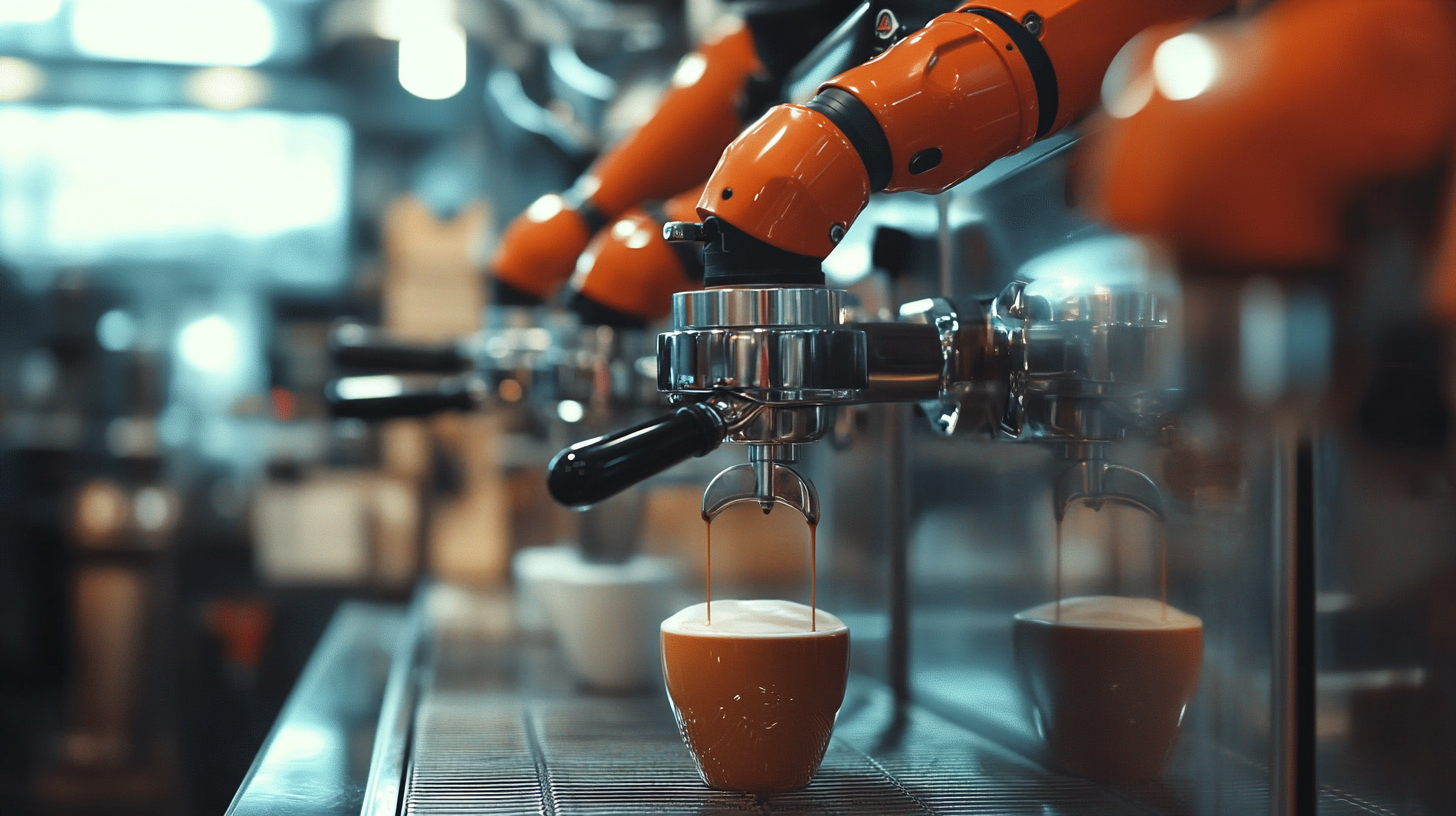
Future Trends: The Evolving Role of Robotics in Coffee Service
The evolution of robotics in coffee service is reshaping the beverage landscape, introducing precision and efficiency previously unseen in the industry. A recent report by MarketsandMarkets indicates that the global market for coffee robots is expected to reach $1.2 billion by 2025, growing at a compound annual growth rate (CAGR) of 20.25% from 2020. This growth is driven by the increasing demand for automation in food and beverage operations, as businesses strive to meet customer expectations while optimizing labor costs.
Robotic arms in coffee service can perform a variety of tasks, from brewing espresso to creating intricate latte art, all while ensuring consistency in quality. For instance, a robotic barista can serve up to 200 cups of coffee per hour compared to a human barista's average of 40 cups. This efficiency allows coffee shops to reduce wait times, ultimately improving customer satisfaction and loyalty. Moreover, the integration of artificial intelligence (AI) allows these robots to learn customer preferences, personalize orders, and manage inventory, making coffee service not only faster but also smarter.
As the technology progresses, future trends suggest an increasing collaboration between humans and robots in the coffee sector. According to a report by the International Federation of Robotics, by 2022, 50% of coffee shops in urban areas are expected to incorporate robotic assistants. This symbiotic relationship enables baristas to focus on enhancing the customer experience while the robots efficiently handle repetitive tasks. The growing trend of specialty coffee and unique customer experiences will also push coffee operators to adopt robotics that can innovate their service offerings, further demonstrating the potential of robotics to revolutionize the coffee business.







